Submitted by Anju George
The need to retrofit Toronto in order to ‘include’ the immigrant population
Canada Architecture News - Jul 20, 2019 - 22:45 13232 views
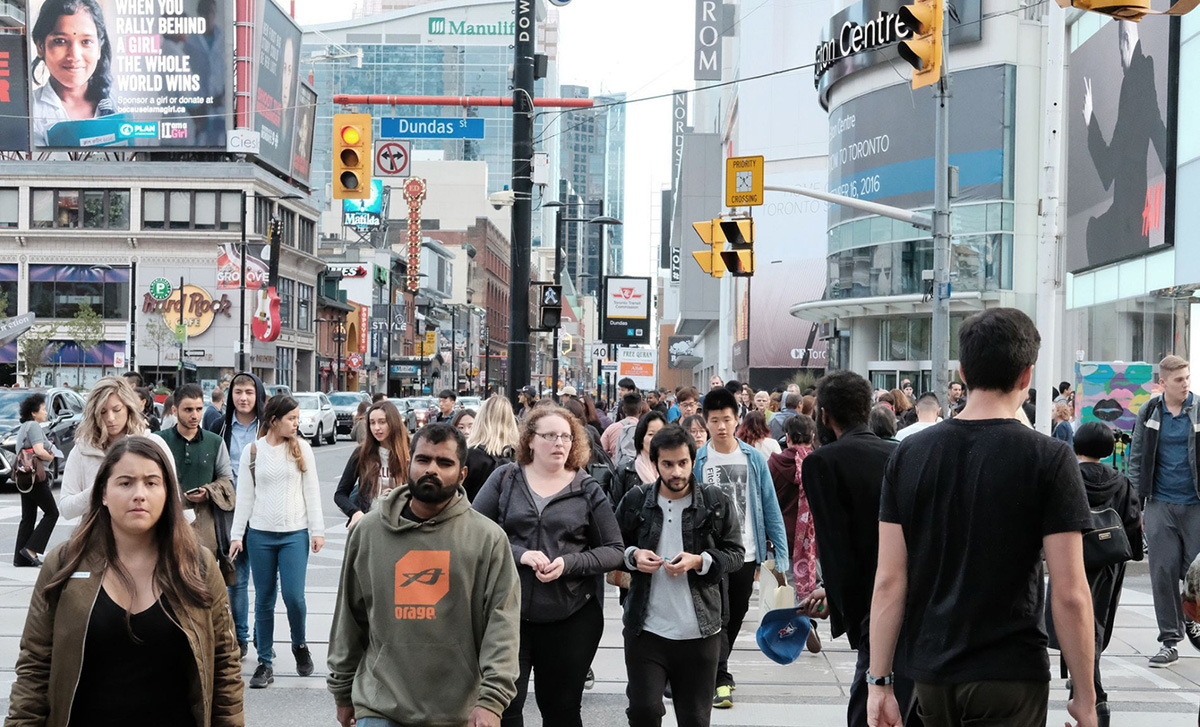
In the last few years, dinnertime conversations in many an aspiring immigrant’s home that include an aspect of the Canadian immigration system, are becoming relatively commonplace. Have we, as planning professionals, ever thought of how this mass influx of people could and should change how we plan Canadian cities?
Canada’s population grew by 168,687 in the second quarter of 2018, of which 82 per cent, or 138,978, was attributed to international migration1. The rate of increase in their immigrant populations picked up rapidly between the mid-1980s and the beginning of the 1990s in response to changes in federal immigration policies that made immigration easier2. There were gaps after, but the rates of immigration have been skyrocketing ever since, and still continue to be on the rise. Like they say, the proof is in the pudding; this statistic, in itself, is proof of how inclusive the Canadian immigration system is and how welcoming the country is in actuality. Immigration has become fundamentally instrumental in shaping the Canadian urban environment in the last few decades, thereby impacting residential housing development, neighbourhood and street life, the delivery of municipal services, urban politics and cultural life3.
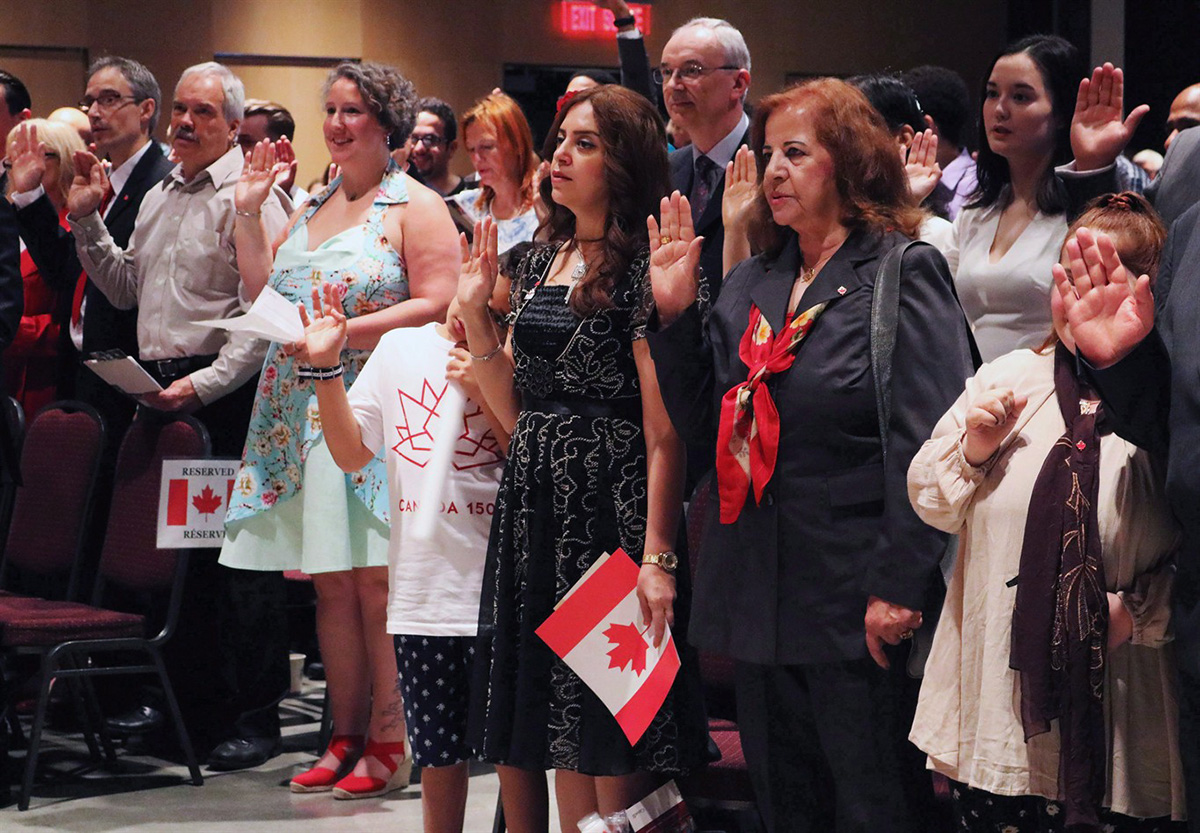
Citizenship Oath. Image © Adina Bresge (The Canadian Press).
Toronto has become the hotspot destination of so many newcomers, thereby ranking it as one of the most multicultural cities in the world. Immigration affects the physical and social character of communities throughout the Greater Toronto Area4. The consequences are multi-fold, of which the hike in housing prices are just one of the very many. In regard to variations in housing prices, Toronto experienced a steady increase in average prices from the end of the 1970s to the mid-1980s, a boom in the end of 1980s, a fall back in the early 1990s, and a slow recovery by the end of 1990s5.
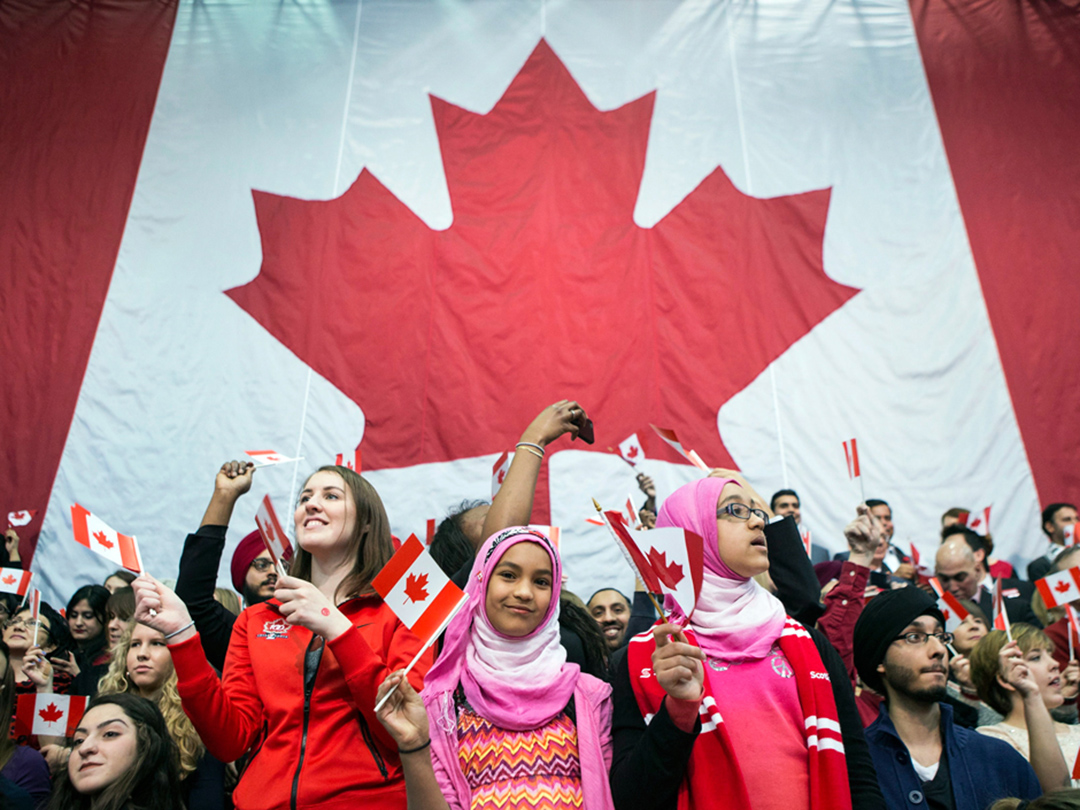
Immigrants of different origins raising the flag at a forum. Image courtesy of NationalPost.com.
Planning in a multicultural region means that, whether or not multiculturalism is at the forefront of an issue, it is part of the context6. How can the short-term and long-term housing crisis be solved? What types of public realm should be designed in different communities and how can they be aptly tailored as per the demographic make-up of the residents? These are questions that can only be answered by keeping public engagement at the forefront of the planning dialogue.
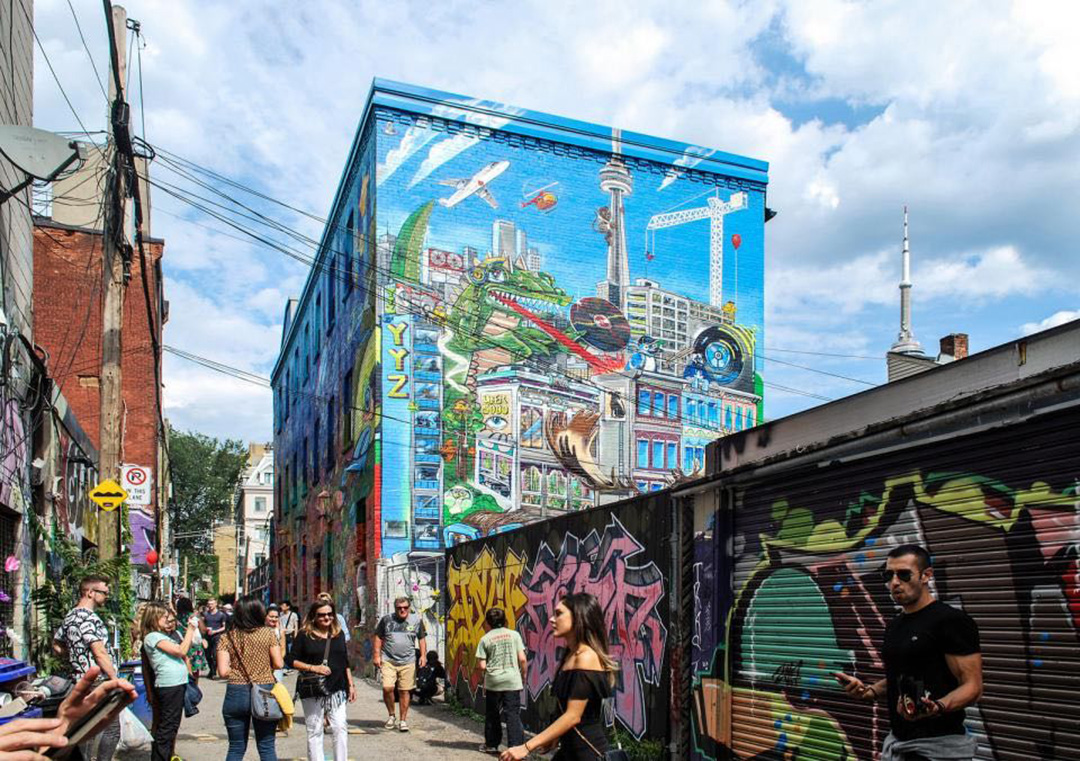
Graffiti Alley off Queen Street. Image © Marcus Mitanis.
While there are notable exceptions, newcomers, especially those with limited resources, tend to settle in those neighbourhoods that seem easier to establish their social networks. On many an occasion, they would also prefer to maintain the cultural identity of their country of origin7. What does this lead to eventually? A sort of gentrified exclusion? To top it, the cost of privately owned housing has increased by leaps and bounds in recent years, especially inconveniencing the lower-income groups. This is the paradox that is created here. However welcoming the country is, the policies in place in terms of services in the purview of urban planning, are not necessarily ‘inclusive’. On the flip side, there is a general reluctance in the planning field to tailor spaces specifically to one ethnic group because, many a time, that use will only be considered serviceable to that particular ethnic group.
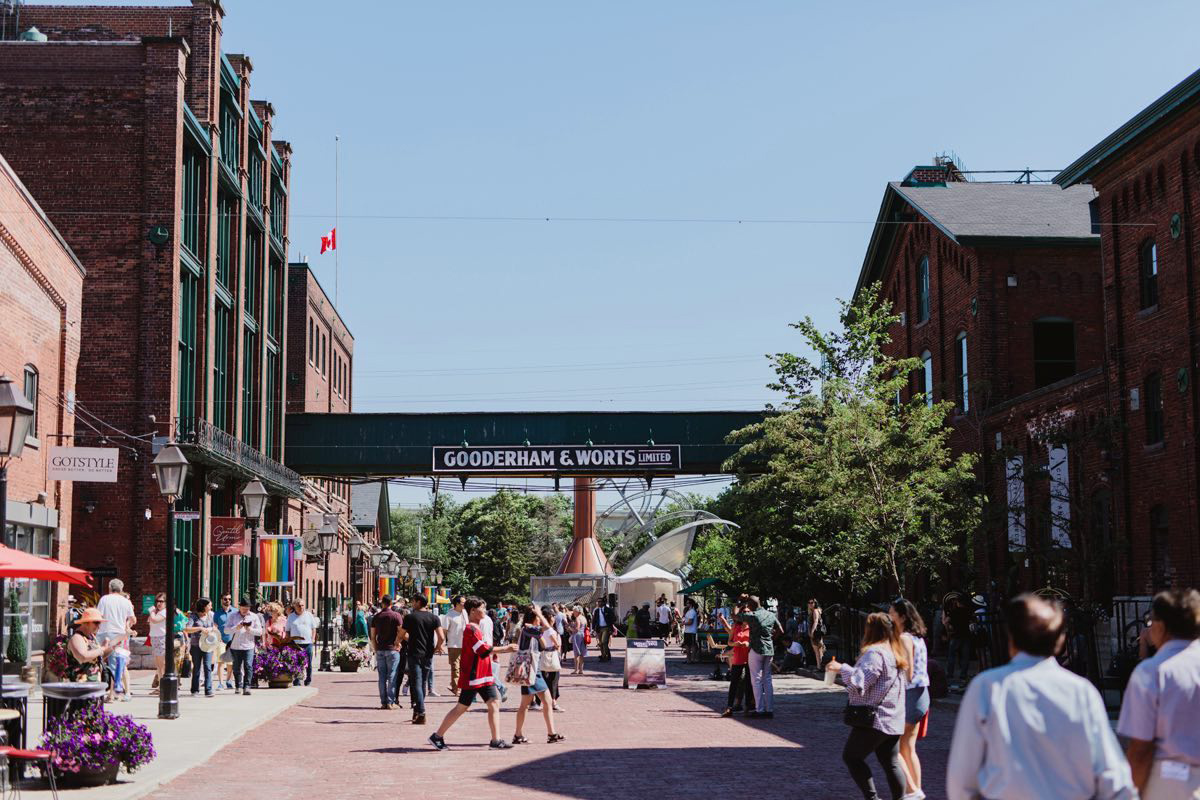
Pedestrian realm in Distillery District flocked by persons of different ethnicities. Image © Anita Peeples.
Newcomers have designed their places of residence, developed and transformed their neighbourhoods, laying claim to public space, challenging cultural norms and getting involved in civic politics8. The home or their community in which they live in has become their space for social inclusion.
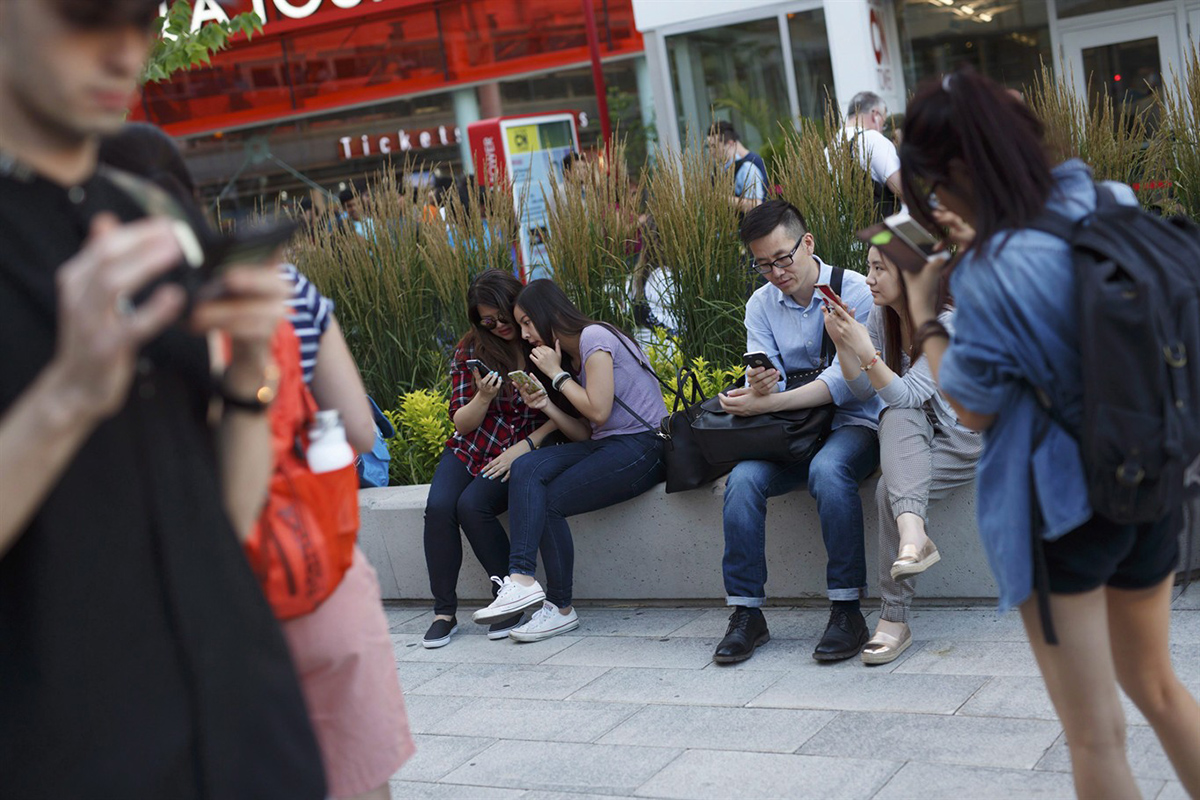
During the Pokemon Go Release Party in Toronto. Image courtesy of Cole Burston (The Canadian Press).
The numbers of refugees who call Toronto and Montreal home are way higher than those in Vancouver. All the same, the number of immigrants who came in through the business program is way higher in Vancouver than that of Toronto or Montreal. The housing situation is dire in all of the three cities - Toronto, Montreal and Vancouver. Housing in Vancouver has become unaffordable even for immigrant business owners. Higher proportions of refugees with limited capital, who are typically vulnerable, face serious housing problems, especially in the tight housing markets of Toronto9.
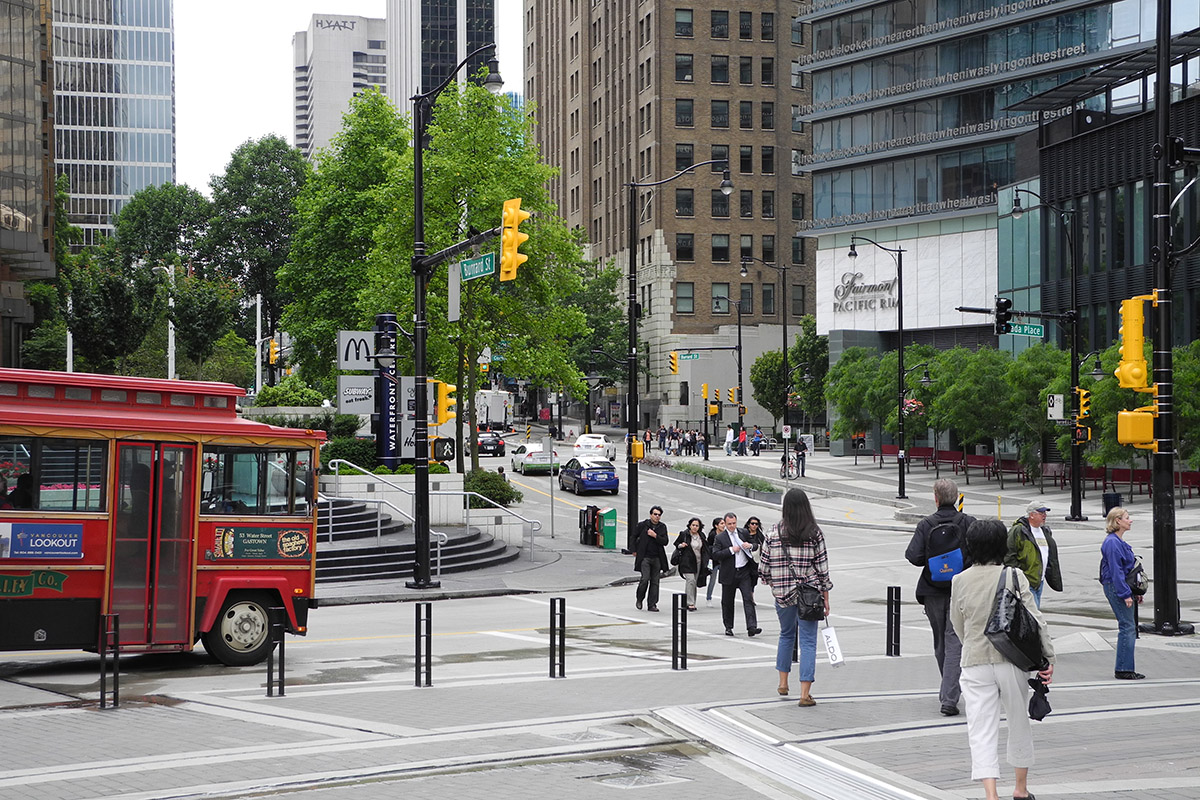
Canada Place, Vancouver. Image courtesy of Skeezix1000.
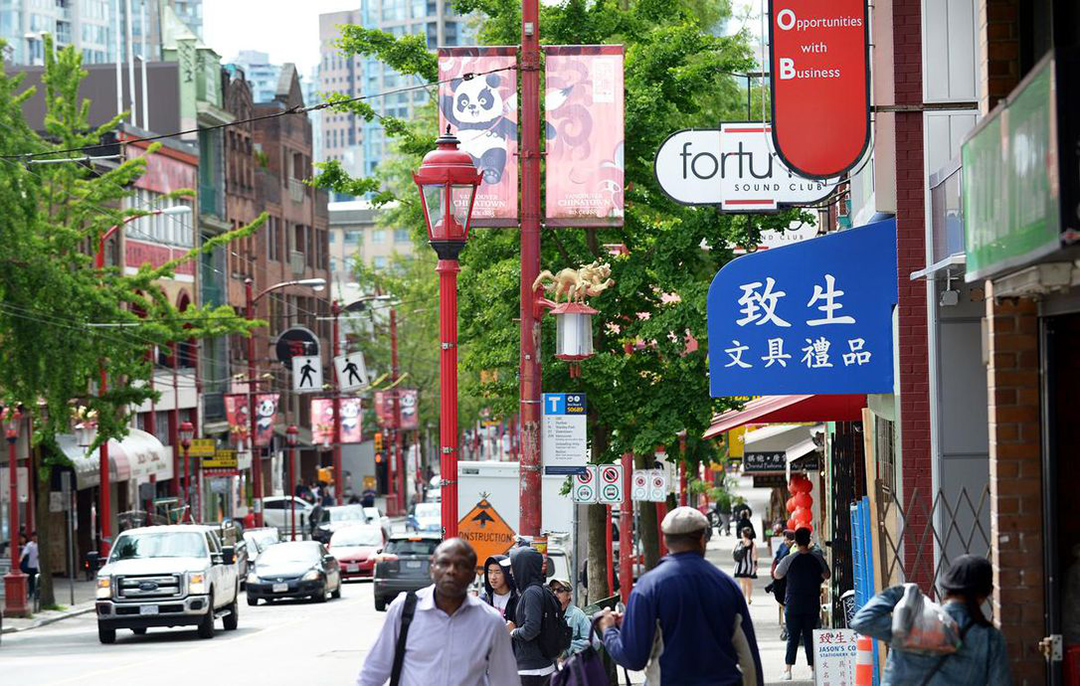
Vancouver's Chinatown. Image © Jennifer Gauthier (Star Metro).
Affordable housing, participatory planning, high-quality public realm, access to public transportation in terms of multilingual wayfinding and signage, are all solutions to this growing problem. These services definitely do come at a cost and require competent expertise. But, these are the discussions that should be happening in planning forums and City meetings where the annual fiscal budget is being prepared.
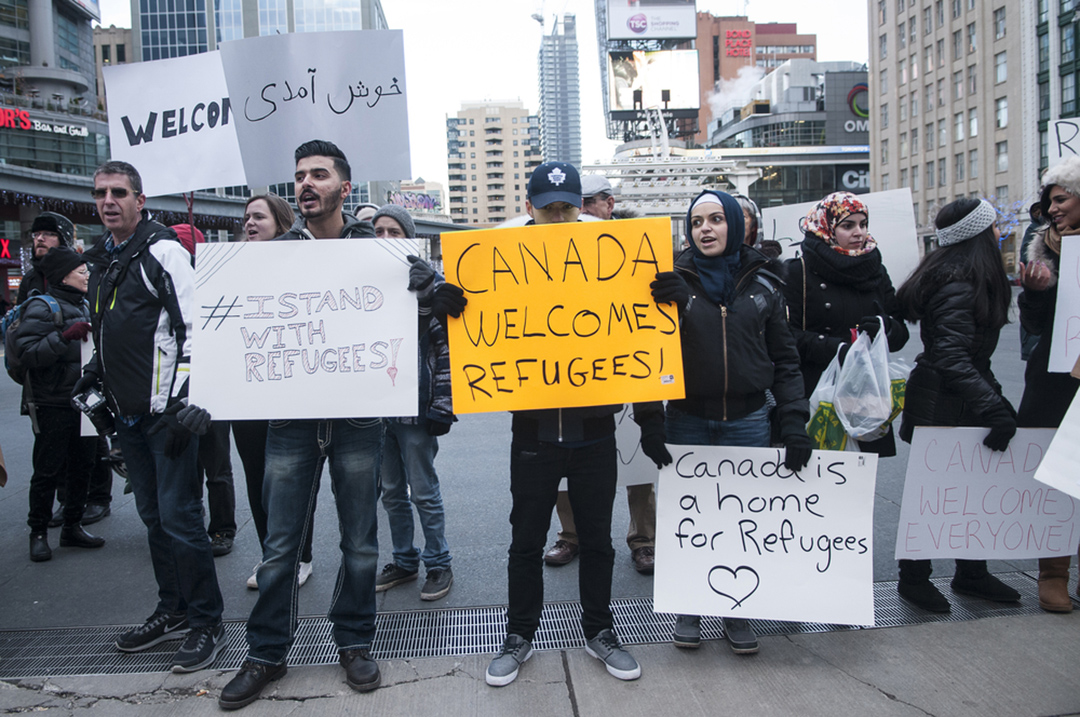
Immigrant Rally in the city. Image © Matthew Jeffery.
Immigration not only contributes to the human capital of a city, a central dimension of the new economy, but can also create what Kotkin calls “cultural capital10.” For both immigrants and refugees, social inclusion can wholly and only be represented by the absolute realization of full and equal participation in all of life’s dimensions, be it economic, social, cultural and/or political dimensions, in their new country11. When immigrants and refugees first land in Canada, they require settlement services, and linguistically and culturally appropriate health and social services during the course of their adaptation12.
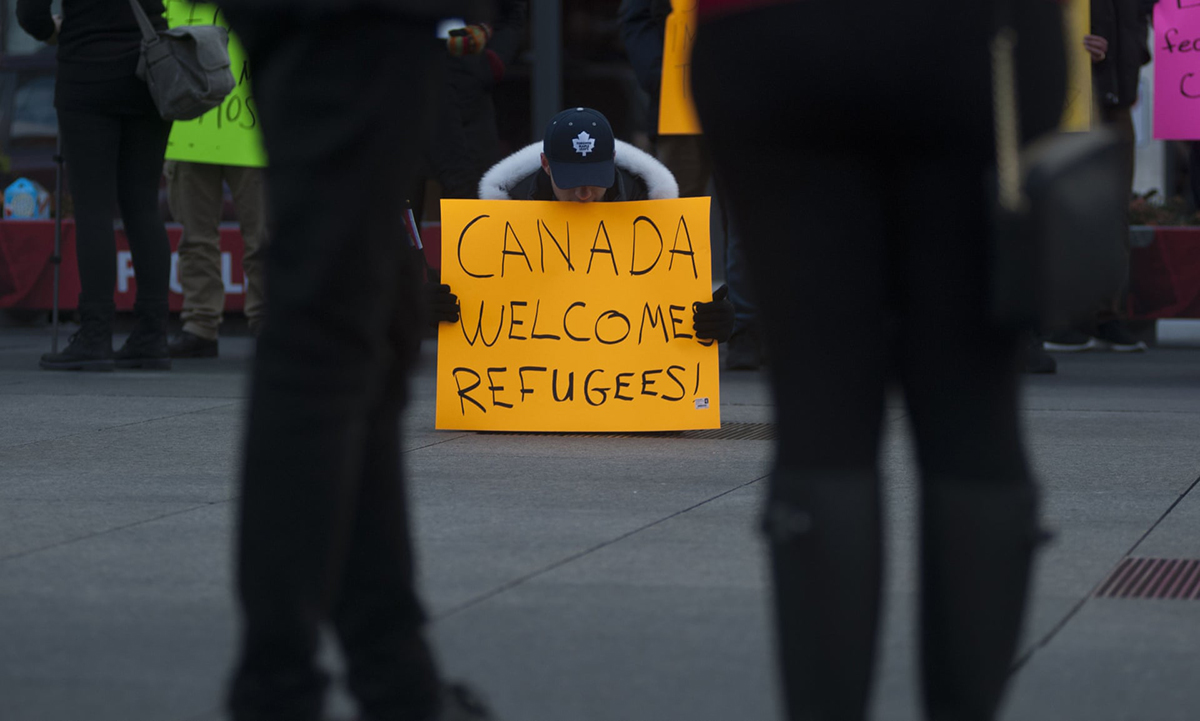
Rally in Toronto. Image courtesy of Nur.
Measures are being introduced in recent months. Sites for more than 10,000 units of housing have been chosen and at least two-thirds of them are required to be purpose-built rentals. Of those, about 3,700 are to meet a certain measure of affordability13. This, in itself, might not wipe out the problem in entirety, but this is a sign of the planning process making progress in light of inclusion. After all, every cloud does have a silver lining, and Canadian policy has, time and again, proved to be that ‘silver lining’.
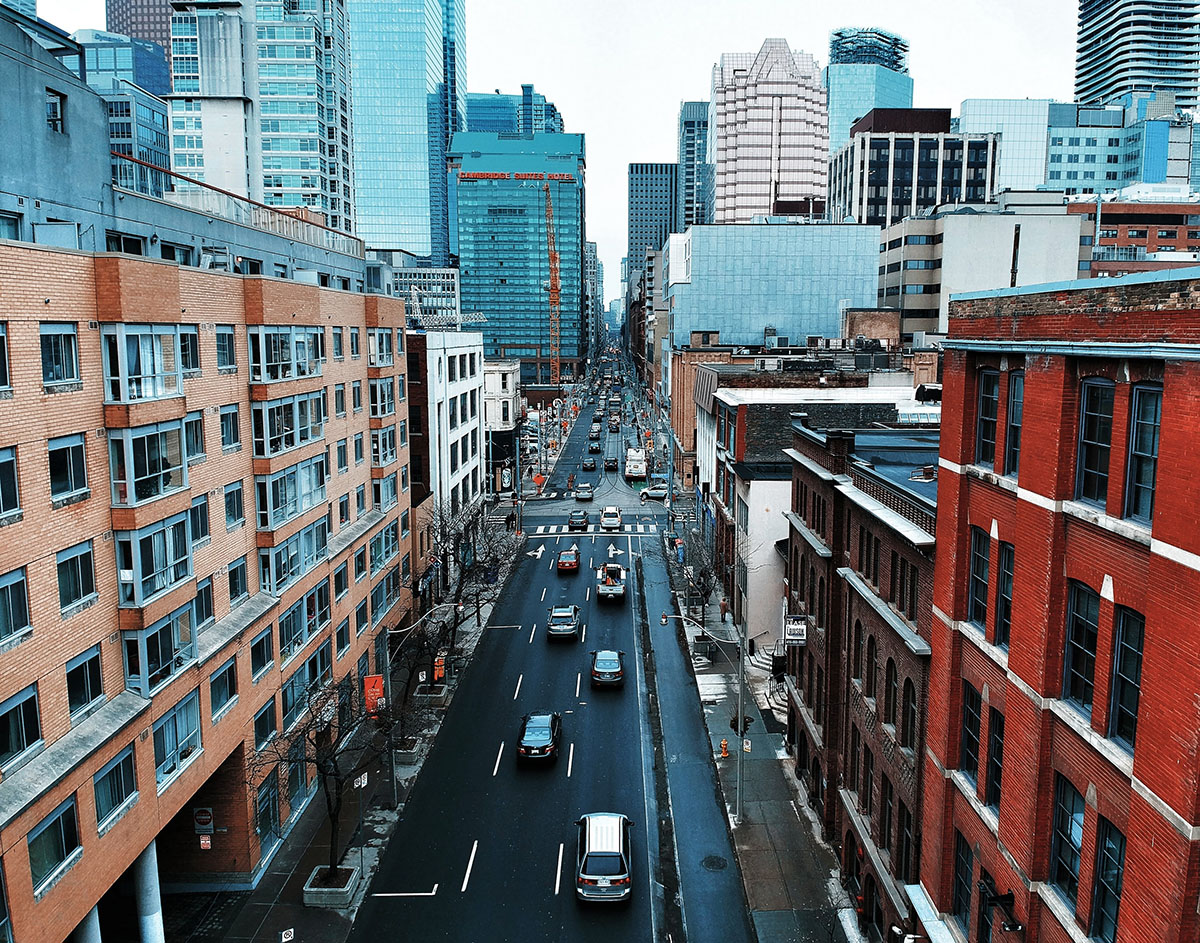
Housing in Toronto. Image © Patrick Tomasso.
References:
1Smith, Stephen. “International Migration to Canada reached Record Levels in Second Quarter of 2018.”
2Hou, Feng et al. “Population Movement Into and Out of Canada's Immigrant Gateway Cities.”
3Troper, Harold. “History of Immigration since the Second World War: From Toronto “The Good” to Toronto “The World in a City”.”
4Wallace, Marcia. “Where Planning Meets Multiculturalism.”
5Hou, Feng et al. “Population Movement Into and Out of Canada's Immigrant Gateway Cities.”
6Wallace, Marcia. “Where Planning Meets Multiculturalism.”
7Omidvar, Ratna et al. “Immigrant Settlement and Social Inclusion in Canada.”
8Omidvar, Ratna et al. “Immigrant Settlement and Social Inclusion in Canada.”
9Ley, David et al. “Immigration and the Changing Social Geography of Large Canadian Cities.”
10Kotkin, J. “The New Geography: How the Digital Revolution is Reshaping the American Landscape.”
11Omidvar, Ratna et al. “Immigrant Settlement and Social Inclusion in Canada.”
12Omidvar, Ratna et al. “Immigrant Settlement and Social Inclusion in Canada.”
13Star Editorial Board. “Toronto may finally have found a better way to build affordable housing.”
Top Cover Image: Downtown Toronto © Image courtesy of Nickbeer (IStock).
